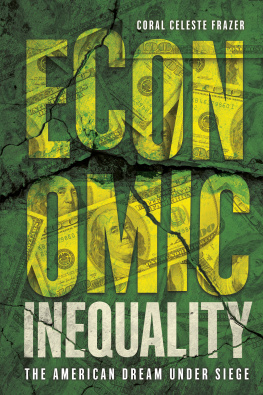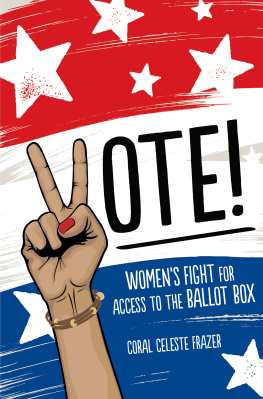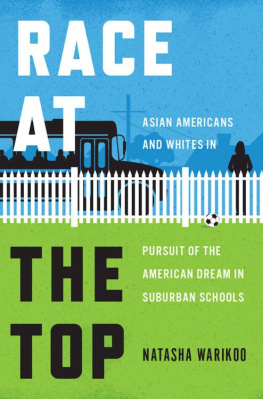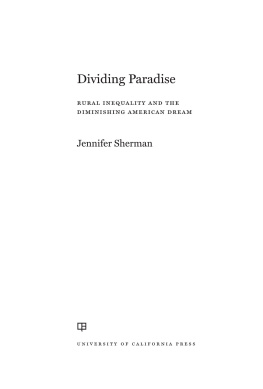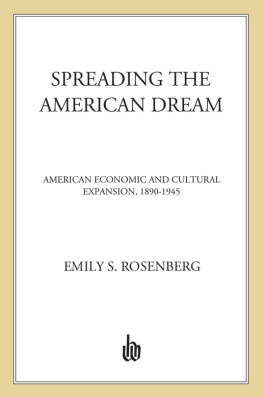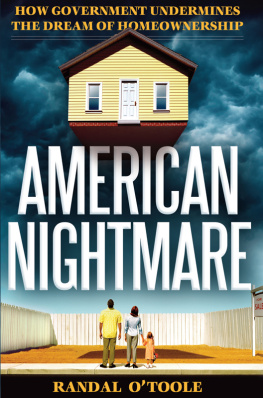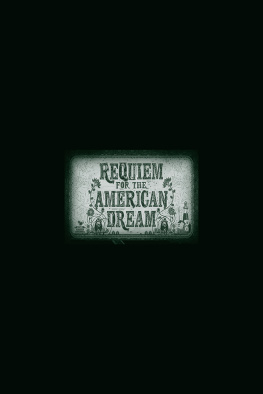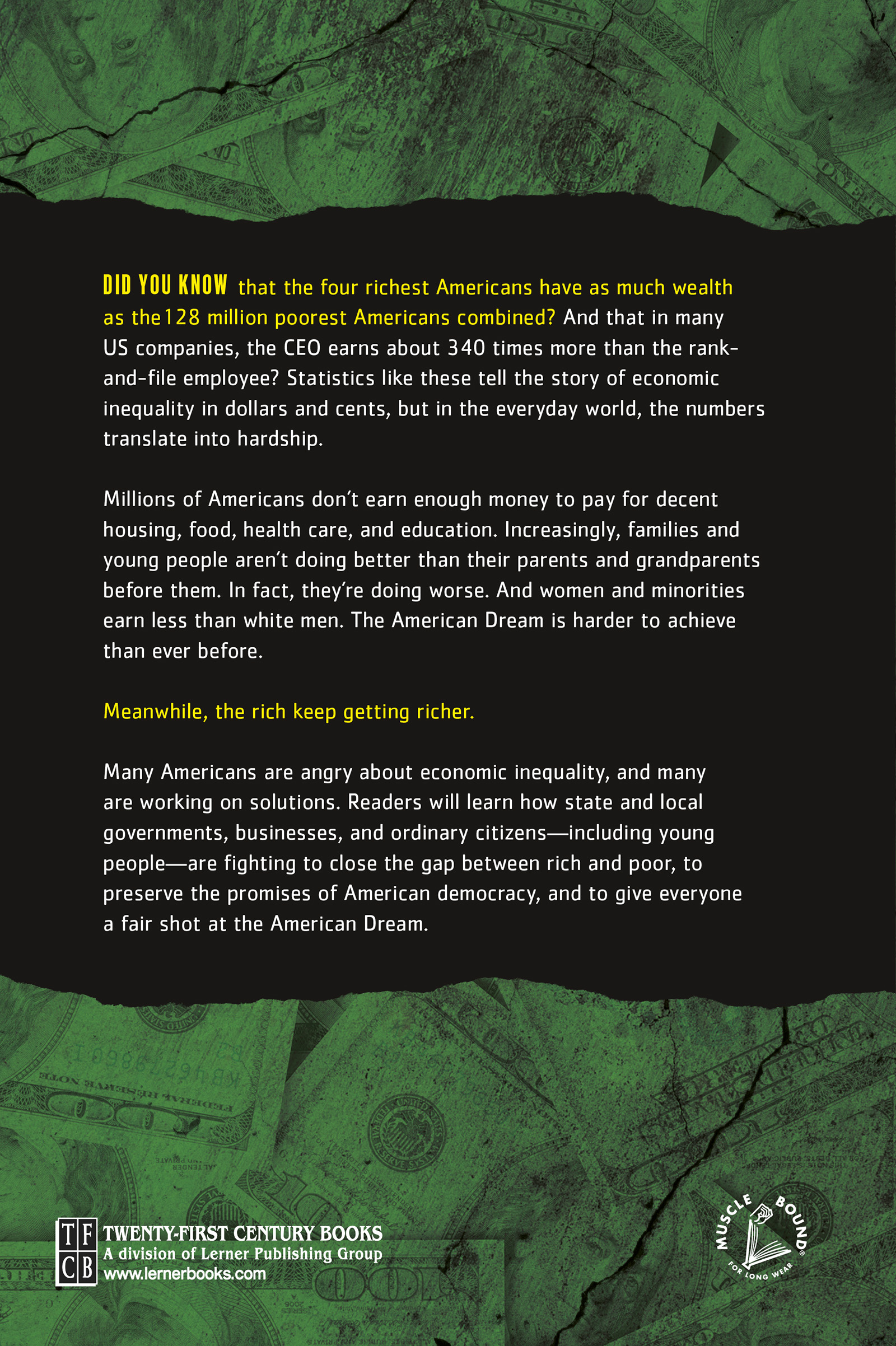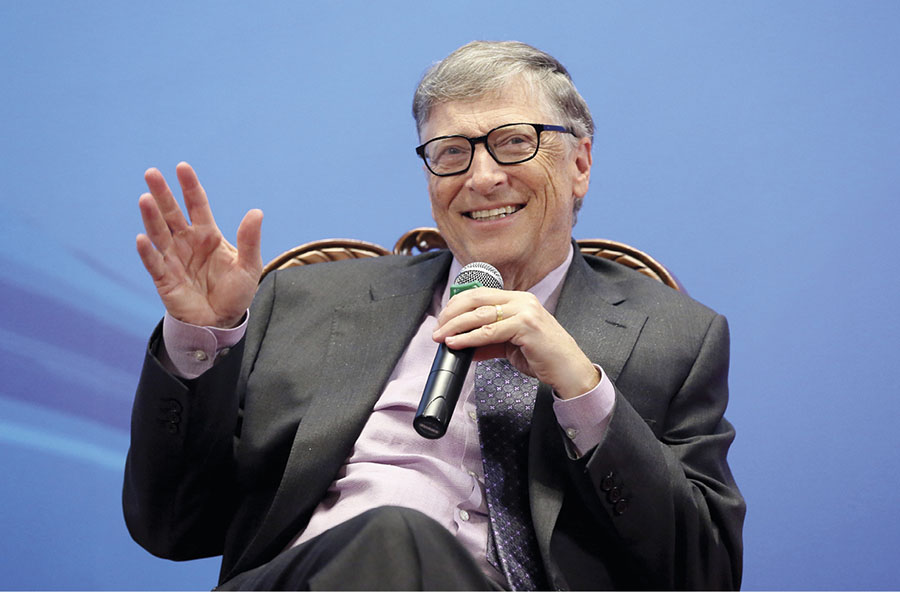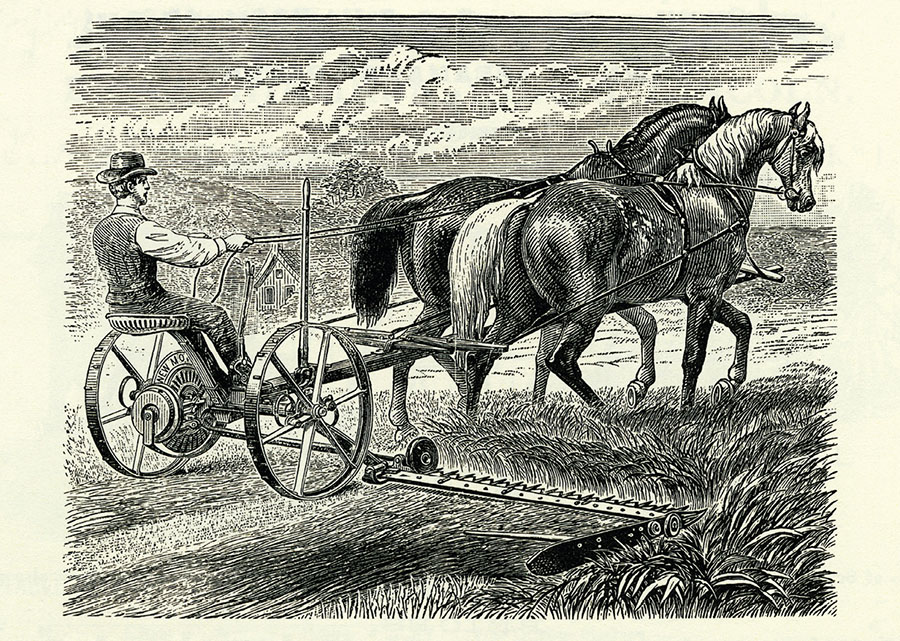To Michael and Oren
Text copyright 2018 by Lerner Publishing Group, Inc.
All rights reserved. International copyright secured. No part of this book may be reproduced, stored in a retrieval system, or transmitted in any form or by any meanselectronic, mechanical, photocopying, recording, or otherwisewithout the prior written permission of Lerner Publishing Group, Inc., except for the inclusion of brief quotations in an acknowledged review .
Twenty-First Century Books
A division of Lerner Publishing Group, Inc.
241 First Avenue North
Minneapolis, MN 55401 USA
For reading levels and more information, look up this title at www.lernerbooks.com .
Main body text set in Adobe Garamond Pro 11/15.
Typeface provided by Adobe Systems.
Library of Congress Cataloging-in-Publication Data
Names: Frazer, Coral Celeste, author.
Title: Economic inequalit y : the American dream under siege / Coral Celeste Frazer.
Description: Minneapoli s : Twenty-First Century Books, [2018 ] | Audience: Age: 1318 . | Audience: Grade 9 to 12 . | Includes bibliographical references and index.
Identifiers: LCCN 2017032058| ISBN 781512431070 (lb ) | ISBN 781512498868 (eb pdf)
Subjects: LCSH: Income distributionUnited StatesJuvenile literature . | United StatesEconomic conditionsJuvenile literature . | United StatesEconomic policyJuvenile literature.
Classification: LCC HC110.I5 F738 201 8 | DDC 339.2/20973dc23
LC record available at https://lccn.loc.gov/2017032058
Manufactured in the United States of America
1-41668-23517-10/3/2017
9781541521902 ePub
9781541521919 mobi
9781541521926 ePub
Contents
Chapter One
The Rise and Fall anD Rise of American Inequality
Chapter TWo
How Unequal Are We?
Chapter Three
The Costs of Inequality
Chapter Four
Inequality of Opportunity
Chapter Five
Money Is Power
Chapter Six
What Can Be Done?
Chapter One
The Rise and Fall and Rise
of American Inequality
Imagine a giant balancing scale. One side holds all the money and wealth of the four richest Americans in 2016: Bill Gates of Microsoft ($81 billion); Jeff Bezos of Amazon.com ($67 billion); Warren Buffett of the business conglomerate Berkshire Hathaway ($65.5 billion); and Mark Zuckerberg, founder of Facebook ($55.5 billion). Their combined total wealth in 2016 was $269 billion.
Now imagine loading the other side of the scale with the wealth of enough Americans to balance the scale on both sides. To balance that $269 billion owned by just four men on the one side, youd need to pile up the combined wealth of the poorest 128 million Americans on the other side. This imbalancethe enormous gap between rich and poorperfectly illustrates economic inequality in the United States.
Bill Gates, founder of Microsoft, speaks at a conference in China in 2017. One of the richest people on Earth, Gates had $86 billion in wealth that year.
It is easy to think about the gap between the rich and the poor as unchangeablesomething that has always been there, will always be there, and isnt worth worrying too much about. But economic inequality matters. When a very few people are rich and a great number of people are poor, humans suffer and so does the economy. Economic growth (an increase in the amount of business activity and goods produced over time) slows, and the economy can take sudden downturns. When that happens, businesses fail, unemployment rises, more people fall into poverty, and some people fall deeply into debt.
In the early twenty-first century in the United States, the gap between rich and poor is large and its getting larger. But that gap is not unchangeable. Through nearly 250 years of American history, economic inequality has risen and then fallen and then risen again. And during those rises and falls, some Americans have prospered while many others have suffered.
The Colonies and the Early Republic
During the American Revolution (17751783), when American colonists fought for independence from Great Britain, about 20 percent of the colonial population were enslaved African Americans. They had no legal rights and could not own land or other property. By law they were propertythey belonged to their masters, who could buy or sell them. They had no wealth of their own.
White American colonists had plenty of land to farm. With natural resources (such as timber, fish, and animal skins) to harvest and sell, many white colonists prospered. And income in colonial America was more equally distributed than in the twenty-first century. In 1774 about 8.5 percent of income went to the top 1 percent (the people who were richer than 99 percent of their fellow Americans), whereas in 2017, a whopping 20 percent of income goes to the top 1 percent.
Americans did less well economically from the mid-1770s to 1800, a period of turmoil and recovery from the destruction of war. The newly independent United States struggled to get on its feet. But by the early nineteenth century, the nation had established its political institutions, and prosperity was again on the rise. But so was economic inequality.
Early Industrialization
The United States started the nineteenth century as an agrarian, or farming, society. Most American families grew their own food, made their own clothes and tools, and built their own houses. If a family needed something it couldnt make on its own, it usually bartered, or traded, for it. A farm family might swap a barrel of apples for a tool made by a blacksmith, for example.
In the early nineteenth century, most Americans worked for themselves, as farmers or craftspeople. Later in the century, with the rise of factories and big business, more Americans worked for employers.
Over the first half of the nineteenth century, the nation made a gradual transition to a more cash-based and market-driven economy. Farmers and craftspeople started to produce crops and other goods to sell rather than to use for themselves or barter with their neighbors. This period also saw the rise of big cities and of the first US factories. Historians refer to the rise of factory production as the Industrial Revolution. Over time, consumers bought more and more goods produced in large factories rather than making them at home or in small workshops. More Americans became wage laborers. Rather than working for themselves, they worked for an employer, who paid them a set wage. These changes increased economic inequality in the United States. Factory owners, merchants, and other businesspeople made a lot of money. Wage laborers barely got by, and enslaved peoples worked for no pay at all. The gap between the rich and poor increased.
The Gilded Age
By the late 1870s, industrialization was in full swing. Production of steel and ironto make trains, railroad ties, bridges, office buildings, and other vehicles and structuresskyrocketed. Railroads crisscrossed the nation, transporting valuable natural resources such as timber, oil, gold, and silver from the West to the industrial cities of the Northeast. The United States was rushing headlong into a period of great wealthand stark inequality.

